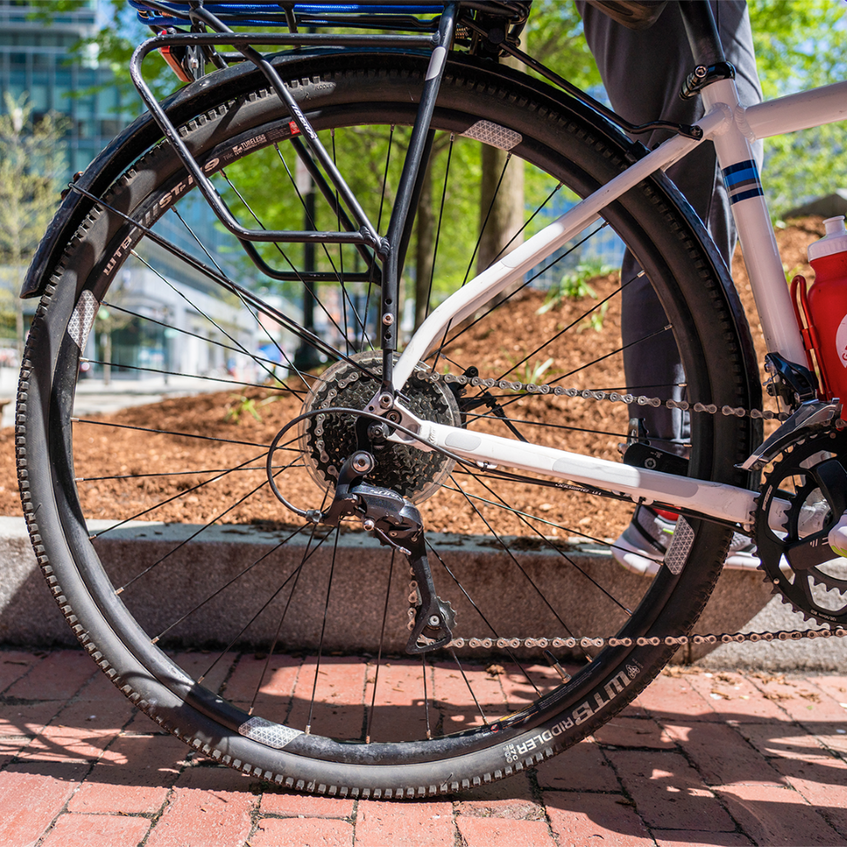How to Celebrate World Car-Free Day
What is World Car-Free Day
On September 22, cities across the globe celebrate World Car-Free Day. It’s exactly what it sounds like. Drivers are encouraged to ditch their cars for more sustainable transportation—like walking, biking, taking public transportation, or scootering. And cities all over, from Vancouver, Canada, Los Angeles, California to Bogota, Colombia and Jakarta, Indonesia, use the day to boost awareness of the impact excessive car use has on our environment and communities.
Air Pollution Caused by Transport
Vehicle emissions are one of the primary sources of outdoor air pollution. In 2020 alone, about 68 million tons of pollution were emitted into the atmosphere—and that's just in the U.S. While some of these emissions come from factories and other sources, a large chunk of it is a direct result of automobile use. Participating in Car-Free Day is a great way to help reduce vehicle emission. And going car free (even for a day) helps cities realize how much pollution affects our lives.
How You Can Celebrate World Car-Free Day
Step one: don’t drive. Step two: try to find other ways to get around. If you work or go to school close enough to home, try walking or riding a bicycle. Better yet, if you can work from home, do that and stay car-free all day. Now, we know not everyone has a super short commute. So, if walking or cycling isn’t realistic, hop on the bus or take the train.
Truth is you don’t always need a car in the city. That’s why our car-sharing community is part of the sharing and multimodal transportation movement.
Shared transportation options aren’t only more efficient. They also transform spaces for cars into spaces for people. So parking lots and other car-focused infrastructure can become housing and green spaces for all.
And shared transportation makes our communities healthier, too. There are fewer emissions. Fewer traffic accidents. And less noise pollution. Plus, it’s easier to be active outside when cars aren’t hogging the road.
So, fight the urge to drive today. It’s a small first step to taking back our streets.




